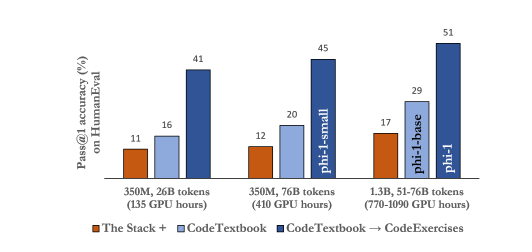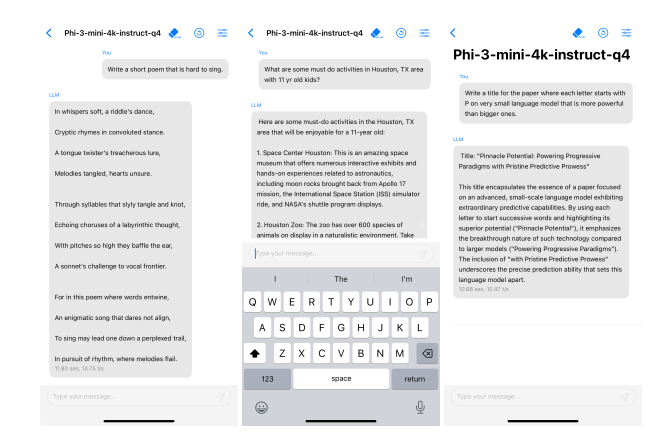Recently, AI giants OpenAI and Microsoft have undergone frequent personnel changes, which has attracted attention in the industry. Microsoft Vice President of AI Sebastien Bubeck is about to leave to join OpenAI, and OpenAI’s former chief technology officer Mira Murati is also preparing her own entrepreneurial project, and may even poach employees from OpenAI. The editor of Downcodes will give you an in-depth analysis of the reasons and impacts behind this AI talent earthquake.
In the technology circle, there are always some eye-catching developments, and this time it is the turn of OpenAI and Microsoft’s AI giants to steal the spotlight. I heard that Sebastien Bubeck, Microsoft's vice president of AI, is about to resign honorably and is preparing to join OpenAI to continue pursuing the mysterious AGI (artificial general intelligence) dream. Here, Mira Murati, the recently resigned chief technology officer of OpenAI, is also planning her own business plan. I heard that she also plans to poach people from OpenAI to form her own new company.
Bubeck has been at Microsoft for ten years and previously served as an assistant professor at Princeton University. He has made many achievements. Recently, the Phi series of models developed by his team have performed very well, even beating GPT-3.5 in various tests. The little guy Phi-1 debuted with great results, which is really amazing. Then, the team continued to upgrade and launched the Phi-1.5, Phi-2 and Phi-3 series, especially Phi-3.5, which not only streamlined parameters, but also introduced the MoE architecture, and even surpassed GPT-4o in some benchmark tests.

Bubeck is looking forward to the future, saying he hopes to delve deeper into “how intelligence emerges in large language models (LLMs)” and plans to use this understanding to improve model performance. Although he is leaving Microsoft, other collaborators on the team will continue to work on the Phi series.
At the same time, former CTO Murati is looking for his own entrepreneurial opportunities. She may start a new company with former OpenAI vice president Barret Zoph, or join other technology companies. According to internal information, some OpenAI researchers have expressed interest in Murati's entrepreneurial plan and may even follow her out. This caused some turmoil in the OpenAI team, and some researchers asked to change teams.

In addition, Murati's departure is not alone. Other OpenAI employees have recently left, including Luke Metz, the developer of ChatGPT. Their departure may make OpenAI face greater challenges, especially as competition for high salaries intensifies.
Coincidentally, Lilian Weng, OpenAI's vice president of security research, also posted job postings on the same day, hoping to recruit new research scientists and engineers, despite skepticism about his abilities. In general, OpenAI is facing the dual pressure of brain drain, and the future situation is not optimistic.
Paper address: https://arxiv.org/pdf/2404.14219
The brain drain incidents of OpenAI and Microsoft reflect the fierce competition for talents in the AI field, and also indicate that the AI industry will face a new reshuffle in the future. This will have a profound impact on the development of the entire AI industry and deserves our continued attention.